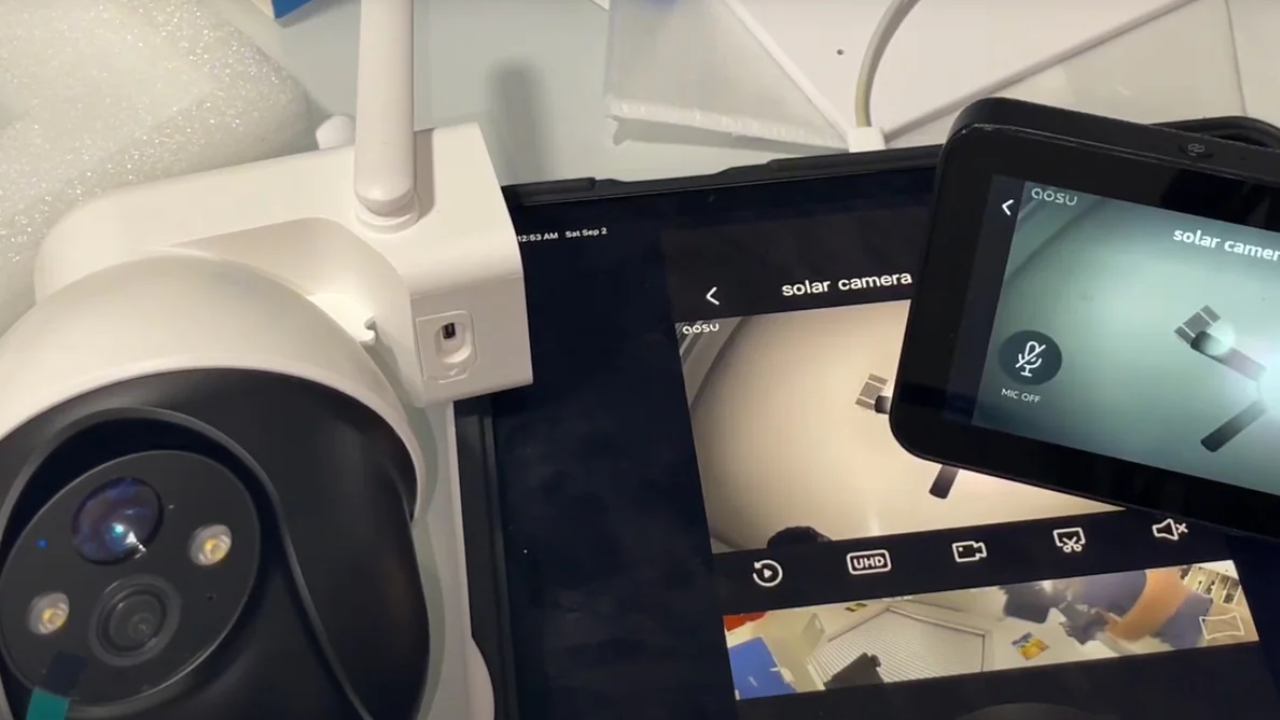Home security systems are an important investment for protecting homes and loved ones. With growing concerns about burglaries, intrusions, and emergencies, these systems provide homes with peace of mind and a sense of security. Home security systems offer extensive surveillance, detection, and response capabilities thanks to innovative technologies and integrated components.
An interconnected network of sensors, cameras, alarms, control panels, and other devices monitors and protects the property as part of a home security systems. These systems are intended to detect unauthorized entrances, monitor activity, and warn homeowners and authorities about potential hazards. Furthermore, the incorporation of smart home technologies has transformed the landscape of home security, enabling remote access, automation, and increased control.
Essential Components Of A Comprehensive Home Security System
The following are the essential components of a home security system:
Control Panel
The control panel serves as a home security system's central command center, allowing for communication and coordination among its numerous components. Its touchscreen interface allows homeowners to arm and disarm the system, customize settings, and receive alerts. The control panel, which serves as the system's brain, is critical to ensuring that the home security system operates and is managed efficiently.
Sensors
Sensors detect and respond to unauthorized entrance or movement, making them an essential component of any home security system. When doors and windows are breached, alarms sound, and motion sensors detect activity within designated areas. Specialized glass break sensors respond to the sound frequency of shattered glass. These sensors work together to improve the security and safety of the house and its residents.
Cameras
Cameras are critical components of a home security system, as they provide visual surveillance both indoors and outdoors. Strategically mounted cameras watch entrance points, communal areas, and valuables, recording footage of questionable activities. Outdoor cameras provide perimeter surveillance, deterring intruders and helping to spot potential dangers. With technological developments, current cameras often have high-definition video quality, night vision capabilities, and remote access, allowing homeowners to monitor their property from anywhere.
Alarms
Alarms are essential deterrents and warning systems in home security settings. When a security breach is detected, audible alarms ring both within and outside the property, warning occupants and neighbors of potential threats. Silent alarms also notify authorities silently without using audible sirens, which is important in situations that require a response. These alarm systems serve an important role in protecting property and occupants against intruders and emergencies.
Monitoring Services
Monitoring services add an extra layer of security to home security systems. Professional monitoring sends system alarms to a monitoring center manned 24 hours a day, seven days a week, by skilled operators. These operators can validate alerts and summon emergency services if needed. Alternatively, self-monitoring enables homeowners to receive notifications straight to their cellphones, allowing them to respond appropriately to security breaches.
Remote Access and Control
Remote access and control features allow homeowners to monitor their security systems from anywhere with an internet connection. Home security providers offer smartphone apps that allow users to arm and disable their systems, monitor live video feeds, and receive real-time warnings. Furthermore, connectivity with smart home platforms enables smooth control of other connected devices like locks, lights, and thermostats, increasing convenience and security.
Backup Power and Connectivity
Backup power and connectivity features ensure that home security systems operate reliably and continuously. Battery backups supply electricity in the event of a power outage, assuring continuous protection. Furthermore, cellular backup allows contact with monitoring centers even if the primary internet connection is lost or compromised. These backup methods reduce risks and ensure that the security system remains operational and effective in a variety of scenarios.
Summary
A complete home security system consists of a collection of interconnected components that work together to protect houses and inhabitants from security threats. Integration with smart home technologies makes it easy for homeowners to remotely monitor and operate their security equipment. Understanding the key components of a home security system allows homeowners to make informed decisions when purchasing, installing, and maintaining their security infrastructure, assuring the safety and security of their homes and loved ones.

